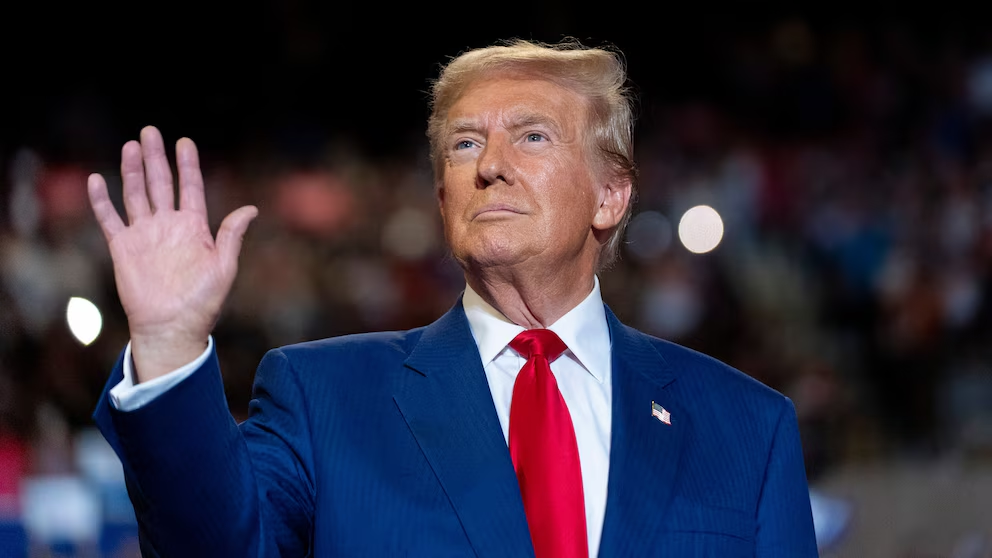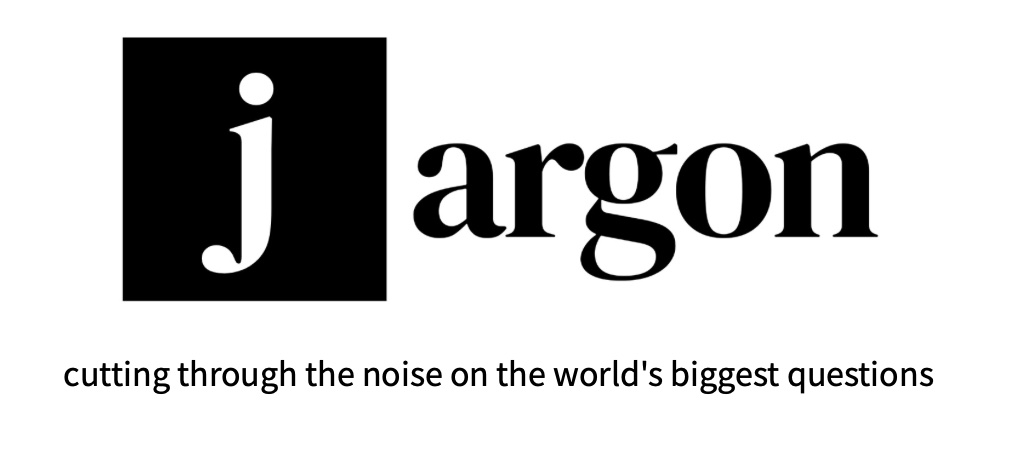Economics
what on earth is a tariff?
15th September

If you’ve ever heard about Donald Trump slapping tariffs on imported goods, you might have wondered: What exactly is a tariff, and why does it matter? At its core, a tariff is a tax imposed by a government on goods that are imported from other countries. It’s one of the oldest tools in international trade, used by nations to influence the flow of goods across borders.
Tariffs can take several forms. The most common is an ad valorem tariff, which is a percentage of the import’s value. For example, if a country places a 10% tariff on imported shoes worth £100, the importer must pay an extra £10 to the government. There are also specific tariffs, which charge a fixed fee per unit, such as £2 per kilogram of imported rice. Both types make imported products more expensive in the domestic market.
Think of it like this: imagine a school canteen selling two types of chocolate bars, local ones and imported ones. If the school suddenly adds an extra 50p charge only on the imported chocolate, students are more likely to buy the local bars because they are cheaper. This is how a tariff works on a much larger, international scale.
The main reason governments use tariffs is to protect domestic industries. By making imported goods more expensive, local products become more competitive in price. This idea ties closely to the infant industry principle, a concept in economics. The principle suggests that new or developing industries in a country may struggle to compete against established foreign competitors. To give these emerging industries a chance to grow, governments might impose tariffs temporarily, allowing local businesses to establish themselves without being immediately undercut by cheaper imports.
For example, if a country is just starting to produce its own smartphones, it may be hard to compete with big brands from abroad like Apple or Samsung. A temporary tariff on imported phones could help the local company grow until it can compete on its own.
Tariffs can also generate revenue for governments. Before modern income taxes existed, many countries relied heavily on tariffs as a source of funding. In addition, tariffs can be used as a tool in trade policy to influence the behaviour of other countries. For example, if one nation believes another is engaging in unfair trade practices, it may impose tariffs to encourage a change.
A recent example of tariffs in action came during the presidency of Donald Trump in the United States. Between 2018 and 2019, his administration introduced tariffs on steel, aluminium, and various goods imported from countries such as China. The stated aim was to protect American manufacturing jobs and reduce trade deficits. These measures were controversial and had a complex impact: some U.S. industries benefited from reduced foreign competition, while others faced higher costs for imported materials needed for production. Global supply chains were also affected, demonstrating how tariffs can ripple across economies.
While tariffs can support domestic producers, they are not without drawbacks. Higher import costs can lead to higher prices for consumers, as businesses may pass on the extra expense. This effect can reduce purchasing power, particularly for everyday goods like clothing or electronics. Additionally, other countries may respond with their own tariffs, leading to trade disputes or “trade wars.” Economists debate the long-term effects of such measures, as they can sometimes slow economic growth or disrupt international cooperation.
Understanding tariffs also involves a basic economic idea called comparative advantage. This is the idea that countries do best when they focus on making the things they are relatively good at and trade with other countries for the things they are less good at making.
Think of it like this: if one country is really good at making shoes but not so good at growing rice, and another country is great at growing rice but not so good at shoes, it makes sense for each country to specialise and then trade. Both countries end up with more shoes and more rice than if they tried to do everything themselves. Tariffs can sometimes get in the way of this because they make imported goods more expensive, which can reduce the benefits of trading. However, temporary tariffs can also help new industries get started, a concept known as the infant industry principle; the effects aren’t always negative.
In simple terms, tariffs are like adding an extra cost to imported products to influence buying choices, sometimes to help local industries, sometimes to raise government revenue, and sometimes to change how other countries trade. Whether you’ve read headlines about trade wars or are simply curious about global economics, understanding tariffs is a small but important step in grasping how countries interact economically.
